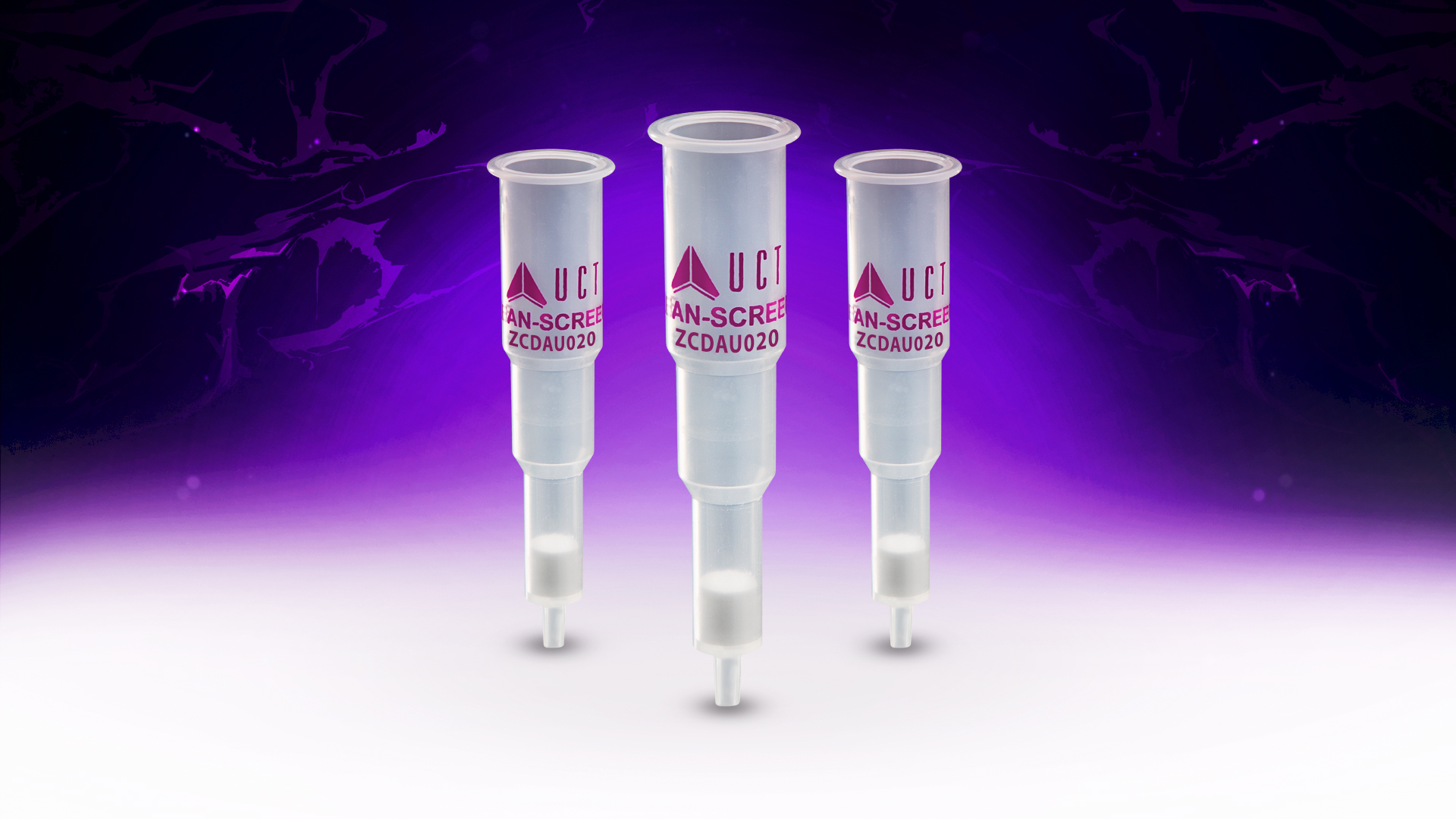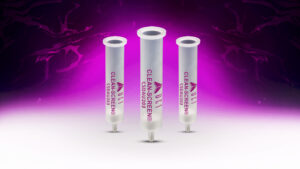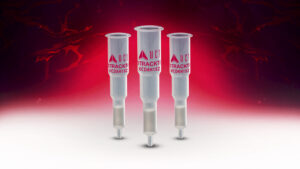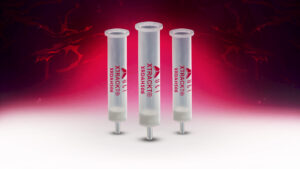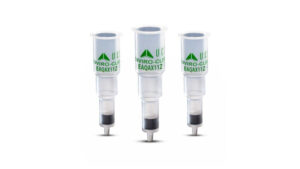Importance of umbilical cord analysis in determining prenatal drug exposure
Fentanyl serves as a powerful analgesic agent to manage pain during labor and delivery. However, prolonged prenatal exposure can make babies drug dependent and sudden discontinuation may result in conditions like Neonatal Abstinence Syndrome (NAS) or Neonatal Opioid Withdrawal Syndrome (NOWS). Adequate literature on the suitability of umbilical cord as a specimen for drug testing is lacking.
A study conducted by researchers at United States Drug Testing Laboratories (USDTL) aims to analyze umbilical cord samples for the occurrence of neonatal exposure to fentanyls and other commonly abused drugs. Examination of fentanyl positive samples for co-exposure patterns was another important goal of this research. Screening and confirmation of drugs were carried out using ELISA and SPE techniques respectively. The confirmation procedure was performed on historical data for umbilical cords received between January 1 and December 31 of 2020. Homogenized umbilical cord tissue samples were extracted on Clean Screen® DAU SPE column (ZSDAU020, 200 mg sorbent in 10 mL cartridge).
9667 out of 23,104 samples were positive for at least one drug. 429 specimens were positive for fentanyl and nor-fentanyl. The median concentrations of fentanyl and nor fentanyl were 4029 pg/g and 10,756 pg/g respectively. Co-positivity rates of morphine, amphetamines and cannabinoids were highest. Availability of medical records, substance abuse surveys and monitoring of long-term health consequences have been suggested to be included in future investigations.
Citation: Hariharan, Shanthi, Donna Coy, and Joseph Jones. “Using Umbilical Cord Tissue to Identify Prenatal Exposure to Fentanyl and Other Commonly Abused Drugs.” Open Journal of Obstetrics and Gynecology 12.5 (2022): 434-442.

